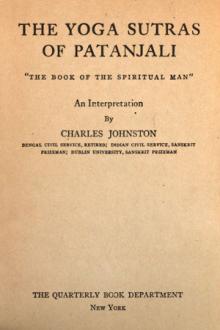Genre - Philosophy. You are on the page - 24

is largely built, and it will not take us long to discover that Bushido does not stand on a lesser pedestal. If fighting in itself, be it offensive or defensive, is, as Quakers rightly testify, brutal and wrong, we can still say with Lessing, "We know from what failings our virtue springs."[3] "Sneaks" and "cowards" are epithets of the worst opprobrium to healthy, simple natures. Childhood begins life with these notions, and knighthood also; but, as life grows

thebrain. In fact, it does not, for the long-headed are notlong-brained, nor are the short-headed short-brained. Second, thesize and disposal of the sinuses, the state of nutrition inchildhood have far more to do with the "bumps" of the head thanbrain or character. The bump of philoprogenitiveness has in myexperience more often been the result of rickets than a sign ofparental love.[1] It is to be remembered that phrenology had a good standing atone time, though it has since lapsed

rances, bondage to works, and the fruition and seed of works.The Soul of the Master, the Lord, is of the same nature as the soul in us; but we still bear the burden of many evils, we are in bondage through our former works, we are under the dominance of sorrow. The Soul of the Master is free from sin and servitude and sorrow. 25. In the Master is the perfect seed of Omniscience. The Soul of the Master is in essence one with the Oversoul, and therefore partaker of the Oversoul's all-wisdom and

this consciousness being attained, he passes to the rank of the Initiates. When the Initiate passes the second degree of consciousness, and begins to grow into a realization of his relationship to the Whole--when he begins to manifest the Expansion of Self--then is he on the road to Mastership.In the present lesson we shall endeavor to point out to the Candidate the methods of developing or increasing the realization of this "I" consciousness--this first degree work. We give the

imself familiar with it. If he were studying only the body, and desired to understand its activities, he would have to classify its tissues at far greater length and with far more minuteness than I am using here. He would have to learn the differences between muscular, nervous, glandular, bony, cartilaginous, epithelial, connective, tissues, and all their varieties; and if he rebelled, in his ignorance, against such an elaborate division, it would be explained to him that only by such an
